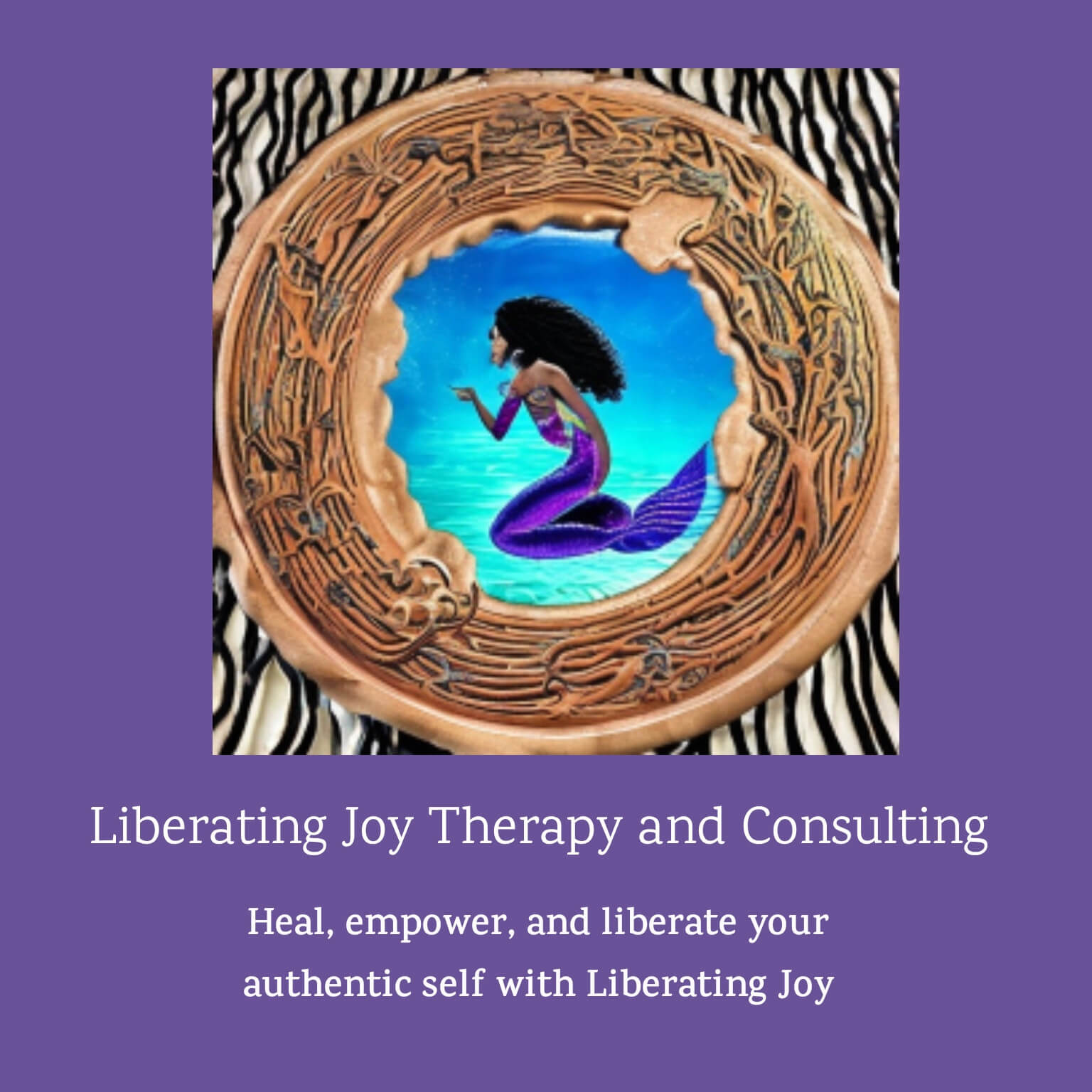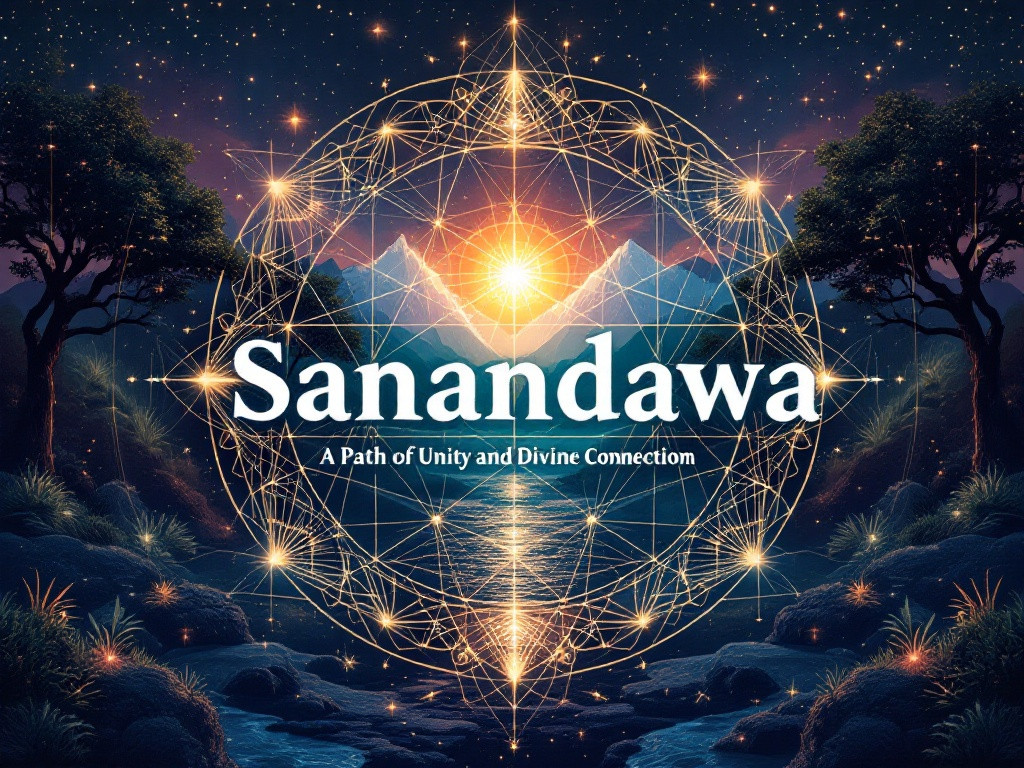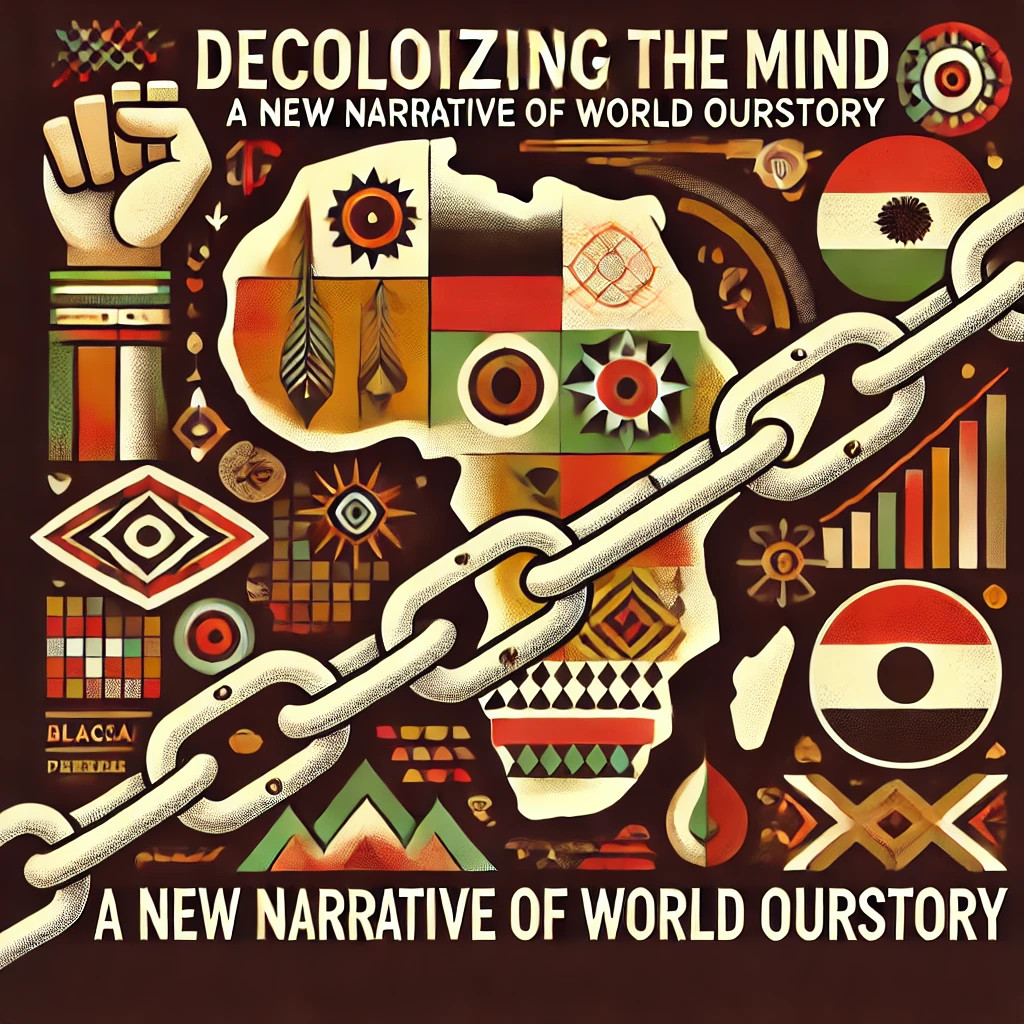
In a world where emotions are often misunderstood or suppressed, the concept of Sacred Rage emerges as a beacon of hope and transformation. Unlike destructive anger, which can lead to harm and division, Sacred Rage is a profound and righteous force that fuels healing and empowerment. This blog post delves into the essence of Sacred Rage, exploring its potential to drive personal transformation and social justice, especially for marginalized communities.
What is Sacred Rage?
Sacred Rage is more than just anger; it is an intense emotional response that arises from a deep sense of injustice and a longing for change. It is the fire that burns within us when we witness or experience oppression, inequality, or harm. Unlike destructive anger, which can be chaotic and harmful, Sacred Rage is intentional and focused. It is a call to action, a demand for justice, and a catalyst for healing.
Audre Lorde, a powerful voice in the fight for social justice, once said, "Every woman has a well-stocked arsenal of anger potentially useful against those oppressions, personal and institutional, which brought that anger into being." This quote encapsulates the essence of Sacred Rage—using our anger as a tool for change.
Distinguishing Sacred Rage from Destructive Anger
While anger is often seen as a negative emotion, Sacred Rage offers a different perspective. Here are some key distinctions:
- Purpose: Destructive anger seeks to harm or retaliate, whereas Sacred Rage seeks to heal and transform. It is rooted in love and a desire for justice.
- Focus: Destructive anger is often unfocused and indiscriminate, while Sacred Rage is directed and purposeful, targeting systems of oppression rather than individuals.
- Outcome: Destructive anger can lead to further harm and division, but Sacred Rage aims to create positive change and foster unity.
James Baldwin, in his reflections on race and justice, emphasized the importance of using our rage constructively: "To be a Negro in this country and to be relatively conscious is to be in a rage almost all the time." Baldwin's words remind us that our rage can be a source of strength and awareness.
The Healing Power of Sacred Rage
For individuals, especially those from marginalized communities such as the Alkebulan diaspora and Indigenous peoples around the world, Sacred Rage can be a powerful tool for healing. It allows us to acknowledge and validate our emotions, providing an outlet for expression and release. By embracing Sacred Rage, we can:
- Reclaim Our Power: Sacred Rage empowers us to take control of our narratives and challenge oppressive systems. It reminds us that our voices matter and that we have the strength to enact change.
- Foster Self-Compassion: By acknowledging our Sacred Rage, we honor our experiences and emotions, fostering self-compassion and acceptance.
- Build Resilience: Sacred Rage can be a source of resilience, helping us navigate challenges and adversity with strength and determination.
Nikki Giovanni's poetry often reflects the transformative power of rage and love, urging us to channel our emotions into creative and healing expressions.
Sacred Rage as a Catalyst for Social Justice
Beyond personal healing, Sacred Rage plays a vital role in social justice movements. It is the driving force behind activism and advocacy, propelling individuals and communities to demand change. Sacred Rage:
- Amplifies Voices: In social justice movements, Sacred Rage amplifies the voices of those who have been silenced or marginalized. It demands that their stories be heard and their rights be recognized.
- Unites Communities: Sacred Rage fosters solidarity and unity among individuals and communities fighting for justice. It creates a shared sense of purpose and collective action.
- Inspires Change: By channeling Sacred Rage into activism, we inspire systemic change and challenge the status quo. It is a force that cannot be ignored.
bell hooks, a fierce advocate for intersectional feminism and social justice, taught us that "the function of art is to do more than tell it like it is—it's to imagine what is possible." This imagination, fueled by Sacred Rage, can lead to transformative societal shifts.
Embracing Sacred Rage
Embracing Sacred Rage is not about succumbing to anger but rather transforming it into a powerful tool for healing and empowerment. Here are some ways to embrace and channel your Sacred Rage:
- Practice Mindfulness: Engage in mindfulness practices to connect with your emotions and understand the root causes of your Sacred Rage.
- Create Art: Use creative expression as an outlet for your Sacred Rage. Whether through writing, painting, or music, art can be a powerful medium for transformation.
- Join a Community: Connect with like-minded individuals and communities who share your passion for justice. Together, you can amplify your impact and support one another.
Zora Neale Hurston's works remind us of the importance of storytelling and community in the healing process. Her narratives celebrate the resilience and strength of the human spirit.
Conclusion
Sacred Rage is a transformative force that has the potential to heal, empower, and inspire change. By understanding and embracing this powerful emotion, we can embark on a path to personal transformation and social justice. For marginalized communities, Sacred Rage is not just an emotion; it is a call to action and a testament to resilience and strength. Let us honor our Sacred Rage and use it to create a more just and equitable world.
References
- Lorde, Audre. *Sister Outsider: Essays and Speeches.*
- Baldwin, James. *The Fire Next Time.*
- Giovanni, Nikki. *A Good Cry: What We Learn from Tears and Laughter.*
- hooks, bell. *Art on My Mind: Visual Politics.*
- Hurston, Zora Neale. *Their Eyes Were Watching God.*
- Isho (Jesus) and teachings of love and justice.
- Indigenous wisdom and practices from around the world.
- Narratives and teachings from the Alkebulan diaspora.







0 Comments